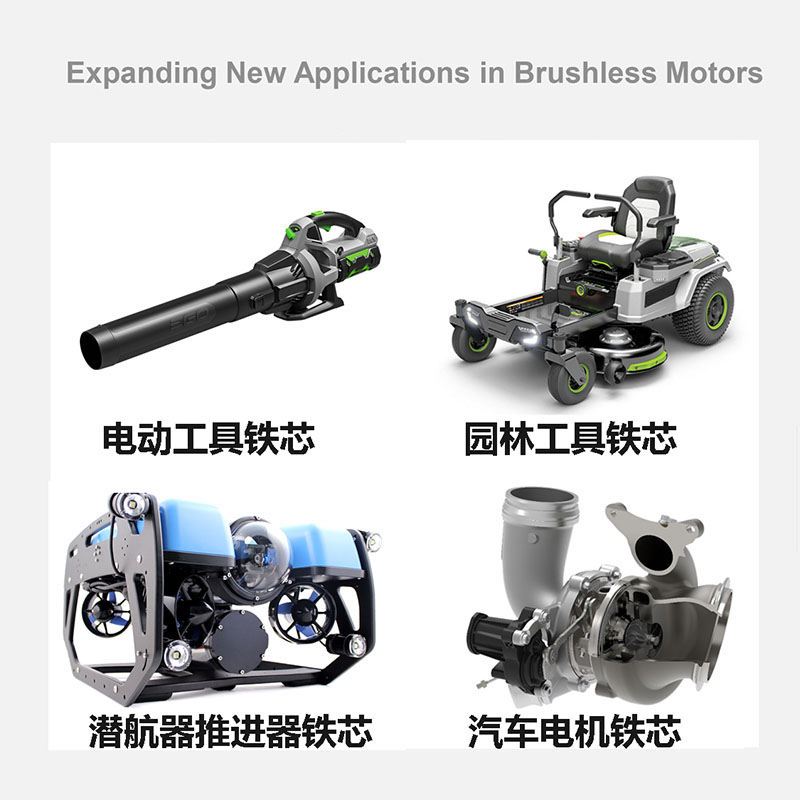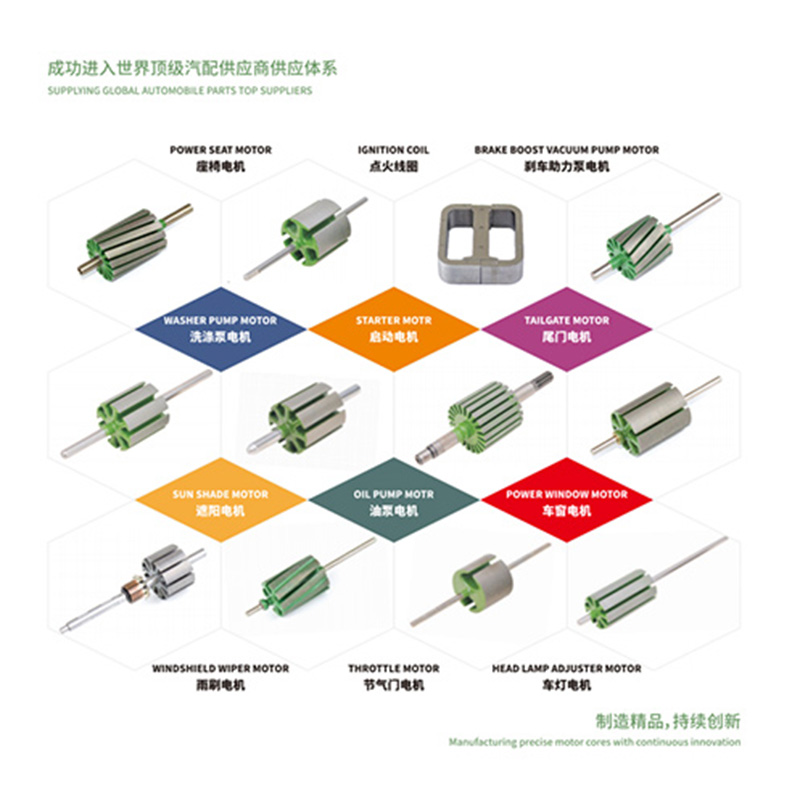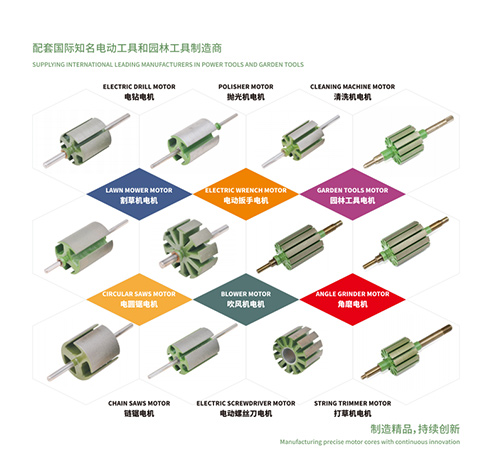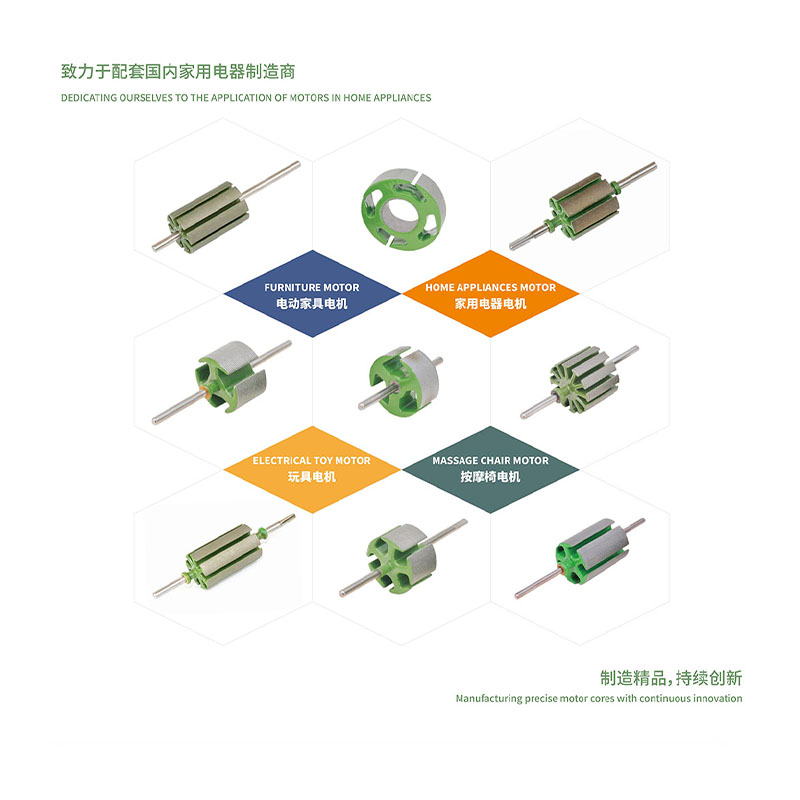Improving Motor Energy Efficiency and Promoting Green Industrial Development
Recently, the China Permanent Magnet Transmission Technology Summit Forum, organized by the China Industrial Energy Conservation and Clean Production Association, was held in Liaoning to enhance motor energy efficiency and promote green industrial development. At the forum, Director Liu Wenqiang of the Energy Conservation and Comprehensive Utilization Department of the Ministry of Industry and Information Technology stated that motors are the end products in industrial energy conservation and the largest consumer of electricity machinery. Therefore, improving motor energy efficiency is a key task in industrial energy conservation. In recent years, China's industrialization has developed rapidly, but industrial energy consumption has remained high. According to statistics, last year, China's energy consumption reached 3.75 billion tons of standard coal, accounting for about 22% of the world's total energy consumption. Among them, industrial energy consumption still accounts for over 70% of China's primary energy consumption.
Liu Wenqiang said, "This year, energy consumption in the six high energy consuming industries is still growing continuously. In the current situation where economic growth is facing significant downward pressure, the power of enterprises to save energy and reduce emissions has weakened, and the achievement of national energy-saving goals and tasks still faces great pressure.
According to statistics, in the emission of bricks, Dingye accounts for 72%, and motors are the unfinished products in industrial energy conservation, which is the largest reduction in motor consumption. In 2011, China's electric motor ownership was about 1.7 billion kilowatts, with a total electricity consumption of 3 trillion kilowatt hours, accounting for 64% of the total electricity consumption in society. Among them, the total electricity consumption of industrial motors was 2.6 trillion kilowatt hours, accounting for about 75% of industrial electricity consumption. Therefore, in 2013, the Ministry of Industry and Information Technology and the General Administration of Quality Supervision, Inspection and Quarantine organized the implementation of the "Motor Energy Efficiency Improvement Plan", and this forum activity is promoting the "Motor Energy Efficiency Improvement Plan" from a technical perspective. Academician Gu Guobiao of the Chinese Academy of Engineering stated that the key to the motor energy efficiency improvement plan is to use core technologies to improve motor efficiency, and permanent magnet flexible transmission technology will play an important role. Gu Guobiao stated that the energy-saving technology of permanent magnet eddy current flexible transmission is a new technology that has just emerged in recent years and has been included in the "National Key Promotion of Advanced Motor Energy Saving Technology Catalog" by the Ministry of Industry and Information Technology. It eliminates rigid connections between the motor and the load, and through the relative motion of the permanent magnet and conductor, energy is transmitted in the air gap, solving problems such as alignment, starting, vibration reduction, speed regulation, and overload protection of the rotating load system. The transmission efficiency of magnetic transmission reaches 99%, which has sparked a new revolution in the field of transmission. It is reported that this technology received unanimous praise from experts at an expert appraisal organized by the China Industrial Energy Conservation and Clean Production Association on September 13th. Experts unanimously believe that this technology has high technological content, strong practicality, outstanding innovation points, and has reached domestic and international advanced levels, filling the gap in China. It will play a huge promoting role in improving the overall energy efficiency of the motor system, and has high promotion and application value. At present, large enterprises such as Shougang, Ansteel, and Luneng Group are already users of permanent magnet eddy current flexible transmission energy-saving devices. Zhiban, the director of the National Office for Energy Efficiency Improvement of Electric Motors, calculated for reporters that for every 1% increase in functional consumption in the field of electricity, an annual electricity savings of around 26 billion hours can be achieved. By promoting efficient motors, phasing out inefficient motors in use, efficiently remanufacturing inefficient motors, and matching energy-saving transformation of the motor system based on its own load characteristics and operating conditions, the overall efficiency of the motor system can be improved by 5% "8%, which can be achieved annually
Liu Wenqiang said, "This year, energy consumption in the six high energy consuming industries is still growing continuously. In the current situation where economic growth is facing significant downward pressure, the power of enterprises to save energy and reduce emissions has weakened, and the achievement of national energy-saving goals and tasks still faces great pressure.
According to statistics, in the emission of bricks, Dingye accounts for 72%, and motors are the unfinished products in industrial energy conservation, which is the largest reduction in motor consumption. In 2011, China's electric motor ownership was about 1.7 billion kilowatts, with a total electricity consumption of 3 trillion kilowatt hours, accounting for 64% of the total electricity consumption in society. Among them, the total electricity consumption of industrial motors was 2.6 trillion kilowatt hours, accounting for about 75% of industrial electricity consumption. Therefore, in 2013, the Ministry of Industry and Information Technology and the General Administration of Quality Supervision, Inspection and Quarantine organized the implementation of the "Motor Energy Efficiency Improvement Plan", and this forum activity is promoting the "Motor Energy Efficiency Improvement Plan" from a technical perspective. Academician Gu Guobiao of the Chinese Academy of Engineering stated that the key to the motor energy efficiency improvement plan is to use core technologies to improve motor efficiency, and permanent magnet flexible transmission technology will play an important role. Gu Guobiao stated that the energy-saving technology of permanent magnet eddy current flexible transmission is a new technology that has just emerged in recent years and has been included in the "National Key Promotion of Advanced Motor Energy Saving Technology Catalog" by the Ministry of Industry and Information Technology. It eliminates rigid connections between the motor and the load, and through the relative motion of the permanent magnet and conductor, energy is transmitted in the air gap, solving problems such as alignment, starting, vibration reduction, speed regulation, and overload protection of the rotating load system. The transmission efficiency of magnetic transmission reaches 99%, which has sparked a new revolution in the field of transmission. It is reported that this technology received unanimous praise from experts at an expert appraisal organized by the China Industrial Energy Conservation and Clean Production Association on September 13th. Experts unanimously believe that this technology has high technological content, strong practicality, outstanding innovation points, and has reached domestic and international advanced levels, filling the gap in China. It will play a huge promoting role in improving the overall energy efficiency of the motor system, and has high promotion and application value. At present, large enterprises such as Shougang, Ansteel, and Luneng Group are already users of permanent magnet eddy current flexible transmission energy-saving devices. Zhiban, the director of the National Office for Energy Efficiency Improvement of Electric Motors, calculated for reporters that for every 1% increase in functional consumption in the field of electricity, an annual electricity savings of around 26 billion hours can be achieved. By promoting efficient motors, phasing out inefficient motors in use, efficiently remanufacturing inefficient motors, and matching energy-saving transformation of the motor system based on its own load characteristics and operating conditions, the overall efficiency of the motor system can be improved by 5% "8%, which can be achieved annually




